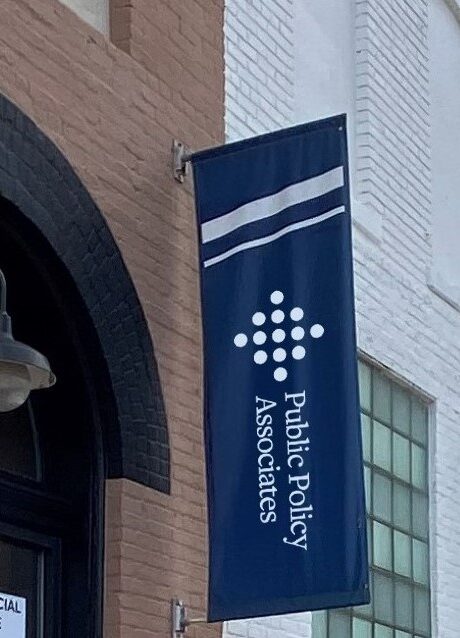 For the Michigan Department of Education, PPA conducted a statewide survey of child care providers to learn about what they charge for care, the number of children they serve, and cost considerations associated with COVID-19, among other related topics. To assess the cost of providing quality care, PPA modeled annual provider revenue and expense summaries by facility type and quality rating using the Provider Cost of Quality Calculator (PCQC). Data used in the cost model came from interviews with providers and a range of secondary sources. The study findings represent the voices of over 3,000 licensed center and home-based providers serving over 83,000 children.
For the Michigan Department of Education, PPA conducted a statewide survey of child care providers to learn about what they charge for care, the number of children they serve, and cost considerations associated with COVID-19, among other related topics. To assess the cost of providing quality care, PPA modeled annual provider revenue and expense summaries by facility type and quality rating using the Provider Cost of Quality Calculator (PCQC). Data used in the cost model came from interviews with providers and a range of secondary sources. The study findings represent the voices of over 3,000 licensed center and home-based providers serving over 83,000 children.
Key takeaways include:
- Current child care subsidy rates fall below what 75% of providers charge parents for care.
- 62% of providers charge families the full difference between what the child care subsidy covers and the tuition cost.
- Over 60% of Black and Hispanic/Latino children live in places with limited access to child care.
- Due to low profit margins and the high number of hours worked, many home-based providers are making less than the state’s hourly minimum wage.
- Nearly one year after the start of the pandemic, most providers report fewer children in care, with 54% of family homes and 84% of centers reporting a drop. Very few providers changed what they charged for child care during the pandemic.
- Less than a quarter of providers offer care during non-traditional hours.
Check out the report for more findings and details about the state’s child care market. Contact COO Colleen Graber for more information about PPA’s child care policy work.

